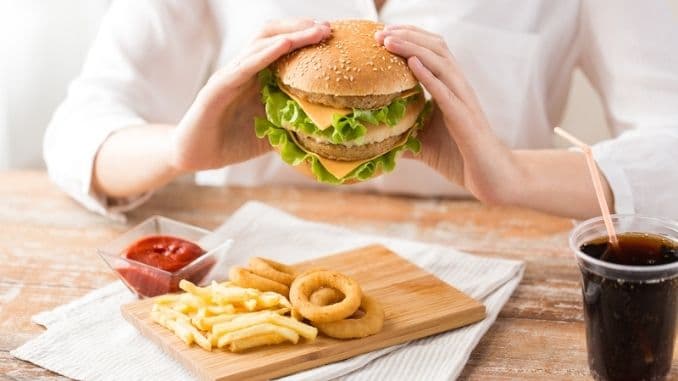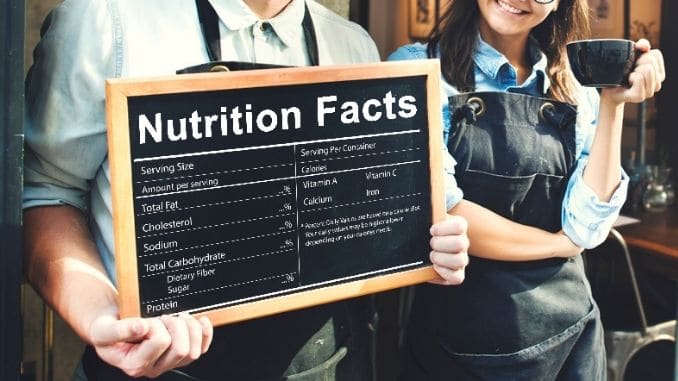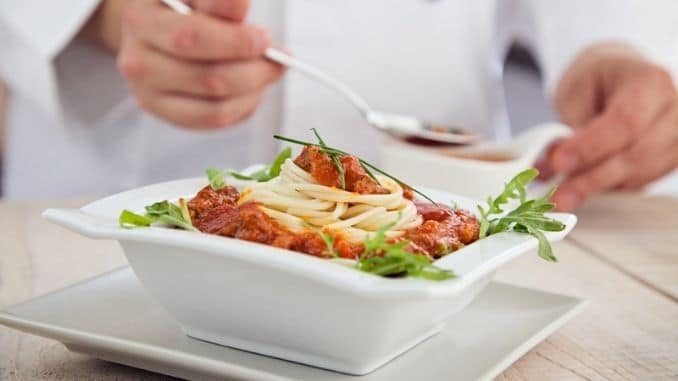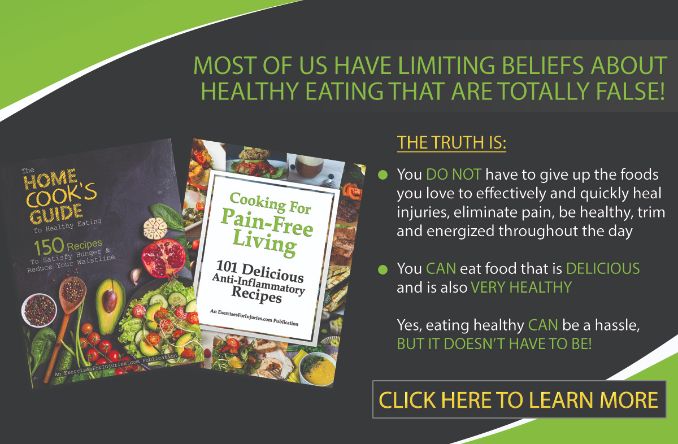Eating out has become more and more popular over the years. In fact, in 2010, Americans spent more on eating out than eating at home for the first time, according to the U.S. Department of Agriculture (USDA).
In 2015, sales in the U.S. restaurant industry reached over $745 billion. Between 2010 and 2019, the average annual food-away-from-home expenditures rose from about $2,500 to over $3,500. According to a Nielsen report, the total amount of money spent on food away from home has risen 94% since 2003.
Currently, Americans eat out about 2-3 times a week on average, with half of the people surveyed saying they “hate to cook,” according to a Harvard Business Review study. (The COVID-19 pandemic forced more people to eat at home in 2020, but numbers are expected to return to normal in 2021.)
It’s not hard to see why people enjoy eating out. It’s fun, convenient, and takes less work than cooking at home, plus everybody can have exactly what they want. Today’s online ordering and delivery apps make the process of ordering out even faster and easier than it used to be, allowing families to enjoy ready-made meals in their own dining rooms if they choose.
Cooking at home, on the other hand, takes time, money, and skills that many people don’t want to bother developing, plus it leaves a mess that takes even more time to clean up.
Unfortunately, all this eating out has proven to be bad for your health. Below we have shared some reasons why eating out can be detrimental to your overall health, and ways you can make dining in restaurants healthier for your family.
 Why Eating Out Creates Unhealthy Results
Why Eating Out Creates Unhealthy Results
The studies are in, and the results aren’t good. Eating out, scientists say, encourages weight gain and lowers nutrition intake.
We’re already facing an obesity epidemic, with one out of every three Americans being obese. Eating out is only making it worse, mainly because restaurants serve meals that are higher in fat and calories than similar meals people might prepare at home. As well, portion sizes in restaurants usually far exceed daily calorie recommendations.
In a 2014 study, researchers noted that when people are served more food than they need, they typically eat more than they should. Furthermore, most people can’t tell that the portions are larger, nor are they able to rely on internal cues to signal when they’ve eaten enough. So, when they go out to eat and are given portions that far exceed what they would have eaten at home, they simply clean their plates, remaining unaware of the difference. Even if they do notice the portion size, they may have a hard time resisting eating the entire meal.
Meanwhile, restaurants regularly heap on calories. A review of the calorie content of foods offered by more than 245 restaurant chains and over 30,000 unique menu items found that:
- Entrees averaged 674 calories
- Appetizers averaged 813 calories
- Sides averaged 260 calories
- Salads averaged 496 calories
- Drinks averaged 419 calories
- Desserts averaged 429 calories
 Because people generally order two or more items when they dine out, most meals away from home contain much more than 640 calories, which is the amount recommended by the Institute of Medicine for lunch or dinner for the average person.
Because people generally order two or more items when they dine out, most meals away from home contain much more than 640 calories, which is the amount recommended by the Institute of Medicine for lunch or dinner for the average person.
In a 2016 study, researchers investigated the association between eating out and body mass index (BMI) in Wisconsin communities. Results showed that each meal per week increase in eating out was associated with a corresponding increase in BMI, by about one point for fast-food restaurants, and about half a point for sit-down restaurants.
Restaurant food, in general, contains more calories per meal, more total fat and saturated fat per calorie, and less fiber, calcium, and iron than food prepared at home. Many of these meals contain more fat than is recommended for an entire day, with several items that are advertised as healthy having a significant amount of hidden fat.
In a recent study of restaurant meals, researchers examined data from 2003 through 2016 and found that eating out rarely means eating more healthy. Nearly three-quarters of the fast-food meals were found to be of poor nutritional quality, while half the sit-down restaurant meals were equally unhealthy. Less than 0.1 percent were of ideal nutritional quality.
The USDA reports similar findings, noting that eating meals away from home decreased the number of servings of whole grains, fruits, vegetables, and dairy while increasing the percent of calories from saturated and solid fat, alcohol, and added sugar.
All this unhealthy eating takes a toll. In 2016, researchers reported that frequent eating out increases the risk for heart disease, with those tending to dine out more often being 31 percent more likely to have dangerous plaque build-up in their arteries. Other studies show that eating out more often increases the risk of type 2 diabetes and may also put you at a higher risk of foodborne illness.
All this doesn’t mean you should never eat out. It does mean, however, that if you want to maintain optimal health, it’s best to adjust how you approach eating out.
15 Ways to Eat Healthier When Eating Out
Below, we have shared ten ways to enjoy eating out without hurting your health.
1. Manage Your Portion Sizes
Restaurants give you more food than you need. It’s their way of convincing you that you’re getting good value for your money. It’s up to you to realize what they’re doing and to take steps to manage your eating.
Don’t expect that you’ll just stop eating when you get full. Studies show that this simply doesn't work. The atmosphere, the taste of the food, and the social aspect of the meal all work against you when it comes time to stop eating.
Instead, ask your server to split your portion in half before delivering it to you. That way you won’t be tempted, plus you’ll have another meal to take home for later.
Another option: Ask for the kids’ size portion. This works particularly well when you’re ordering dessert or simply eating out with your friends for a snack.
2. Review the Menu Beforehand, and Order First
When you’re hungry and sitting there in the restaurant, your willpower is likely to fail you, leading you to order an unhealthy item that you wouldn’t normally order. Instead, look at the menu online earlier in the day when you’re not so hungry, choose a healthy item, then stick to that choice when you arrive.
When it’s time to order, be assertive, and order first. Studies show that your choices can be influenced by others at the table. If everyone else is ordering burgers and fries, for instance, you may feel awkward ordering salad and fruit. Ordering first prevents this scenario and allows you to stay true to your healthy choices.
3. Check the Nutrition Guides Online Before You Go
Several restaurants are putting calorie counts on the menu, but others haven’t taken that step yet. You can usually find the information on the restaurant’s website, so checking this out beforehand can be really helpful.
You may think a salad will be a healthy choice, for example, but then discover it has more fat than you thought. Knowing this, you can ask for the dressing on the side or make other adjustments that will make your meal healthier.
4. Choose Restaurants that Offer Healthy Items
Some restaurant chains make a special effort to offer healthy meal options, while others cater mainly to people’s taste for high-fat and high-sugar foods. Review the menus and nutrition information for several restaurants in your area before deciding which one to go to. The more healthy options you have available, the more likely you’ll be to eat well.
5. Drink Water Before You Eat
Studies have shown that when you drink a glass of water before a meal, you will eat fewer calories at that meal. Water helps fill up your stomach, contributing to your feelings of satiety, so it’s easier to feel full and stop eating at the right time.
6. Stick to Water as Your Beverage
Sugar-sweetened drinks like sodas and juices, as well as smoothies and alcoholic drinks, add substantial calories to your meal. Replacing these beverages with plain water can help you dramatically reduce your intake of calories. One study found that people on a diet who drank about 17 ounces of water half an hour before a meal ate fewer calories and lost 44 percent more weight than those who didn’t.
7. Ask for a Healthy Swap
As noted above, eating out can significantly reduce your intake of fruits and vegetables. This doesn’t have to be the case for you, though. When you order your meal, ask your server to swap out unhealthy items like fries and mashed potatoes for extra vegetables or a side salad instead.
8. Put Dressings and Sauces on the Side
When you look at the calorie count for a salad, usually the extra fat is coming from the dressing. Just two tablespoons of salad dressing, for instance, can add an extra 140 calories and 16 grams of fat to your meal. Sauces are also typically high in fat and calories.
Restaurant cooks will slather these sauces on your meal, giving you way more than you need. Ask your server to put these on the side, then use just enough to enjoy the taste without overdoing it.
9. Be Aware of How Food is Cooked
The way food is cooked affects its fat and calorie content. Frying, for instance, is usually the least healthy option. Pan-fried, crispy, crunchy, and sautéed are similarly unhealthy.
Instead, ask for your food to be steamed, grilled, roasted, or poached. These options don’t use nearly as much oil and will have fewer fat and calories.
10. Order Coffee Instead of Dessert, or Split It
It’s fun when eating out to order dessert, but you’ve seen some of the options—one serving is often enough to feed three people or more. Look at the calorie count and you’ll see—most desserts are 800 calories or more and are full of fat and sugar.
Try ordering coffee instead. It's a satisfying after-meal beverage that's low in calories and has no fat, plus it has some health benefits too. If you just can't resist, ask your friends if they'd be willing to split dessert. Often just a bite or two can be just as pleasurable as eating the whole thing, particularly when you're sharing the experience.
11. Skip the Bread
Most restaurants serve pre-dinner bread to keep you satisfied while your meal is cooking. If you are hungry, it’s easy to eat too much, racking up your calories. Try splitting a piece with someone else, or simply ask your server to skip the bread.
12. Share with Someone Else
If you can convince someone in your party to share a meal, it can help you both avoid eating too much, plus it will save you money. If your server will agree to split it for you, you won’t feel like you’re missing out on anything, making the experience just as enjoyable as if you ordered the entire meal.
13. Choose Tomato-Based Sauces Over Creamy Ones
If you’re eating Italian or other types of foods that incorporate sauces, go for the tomato-based ones and skip the creamy ones. Tomato-based sauces are generally lower in calories and fat, plus they give you the health benefits of tomatoes. Lycopene, for instance, is a powerful antioxidant that protects against cancer, heart disease, and stroke.
14. Don’t Be Afraid to Ask Your Server
Want to make more adjustments to your meal? Don’t be afraid to ask. Here are some possible questions:
- Can you have them make that with half the usual amount of cheese (or other ingredients)?
- Can you make those veggies steamed?
- Can I swap the fries for a salad?
- Would you poach that egg rather than fry it?
- Do you have fruit, tomatoes, cottage cheese, or another side I could have instead?
- Could I get soup with that?
15. Take Your Time
Eating quickly usually translates to eating more. Plus, it causes bloating! Try to relax, take your time, and enjoy your food.
It can also help to take notice of the music playing at the restaurant. Loud, raucous music usually creates a hectic atmosphere that encourages people to eat quickly and leave. Lighter tunes help you relax and enjoy your food so it’s easier to eat less.
Remember, there is nothing wrong with enjoying a meal out from time to time. Most of us see eating in restaurants as a nice opportunity to break away from the kitchen and the inevitable dishes that cooking at home creates. The key is to make healthier choices that allow you to dine out guilt-free.
Eating healthy can be easy and delicious! Click here to learn more.






